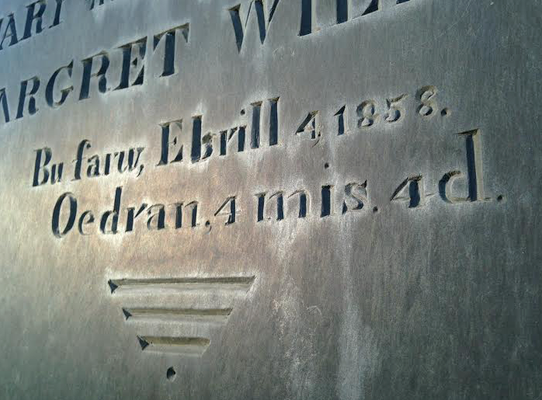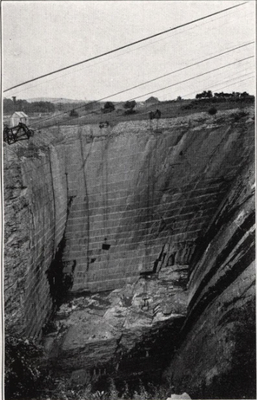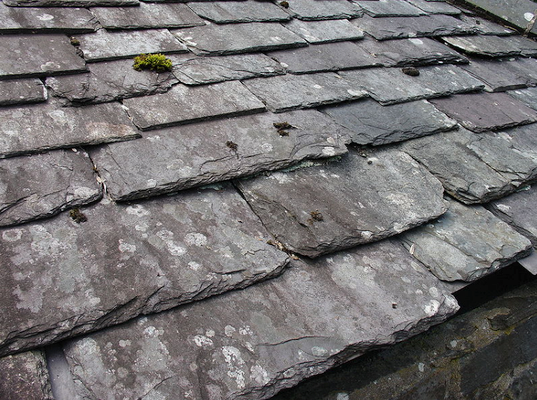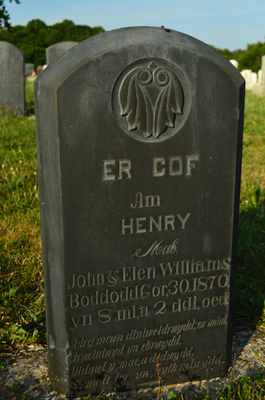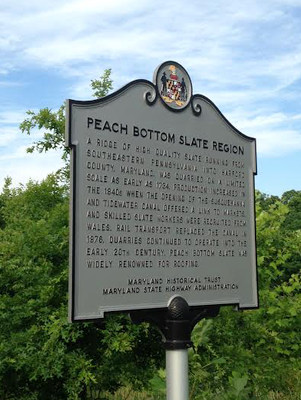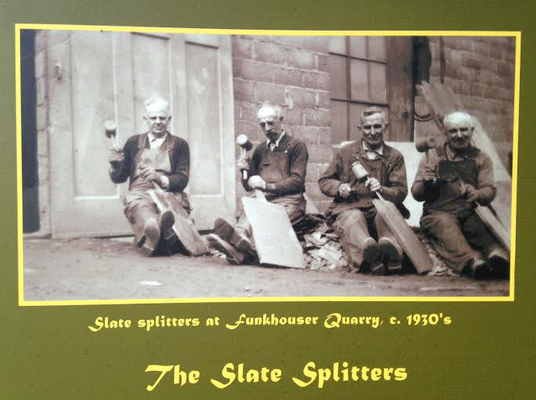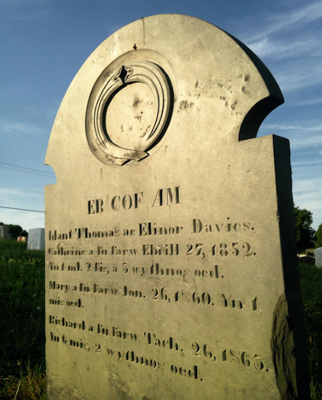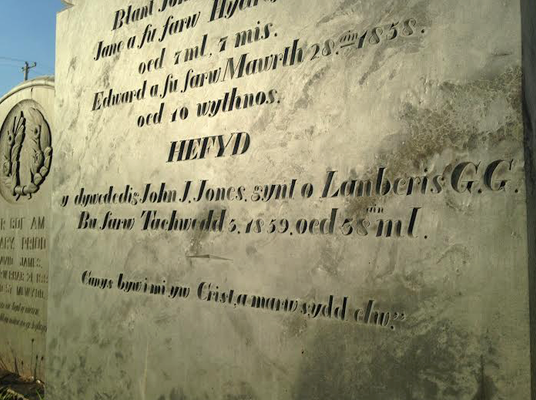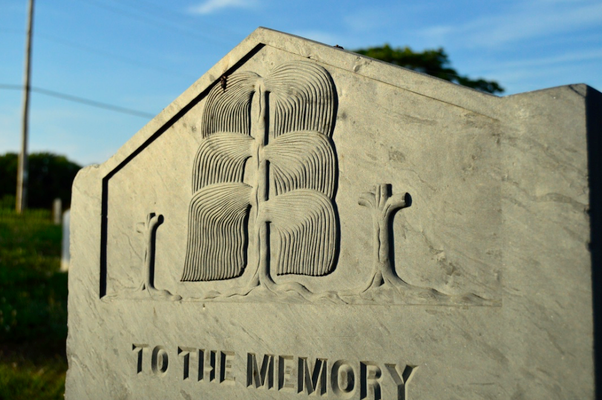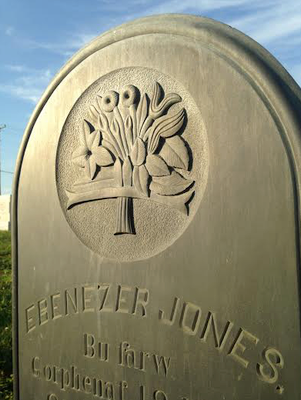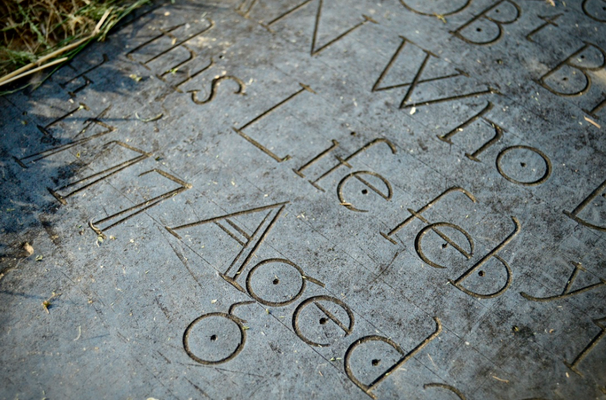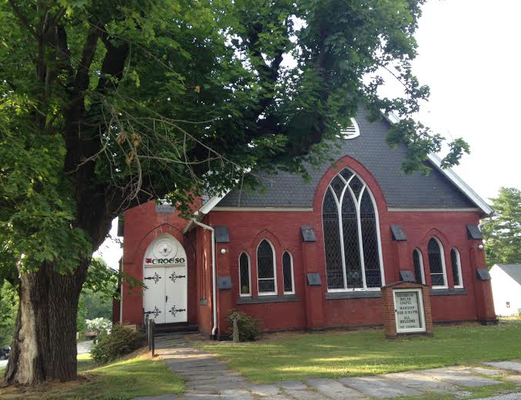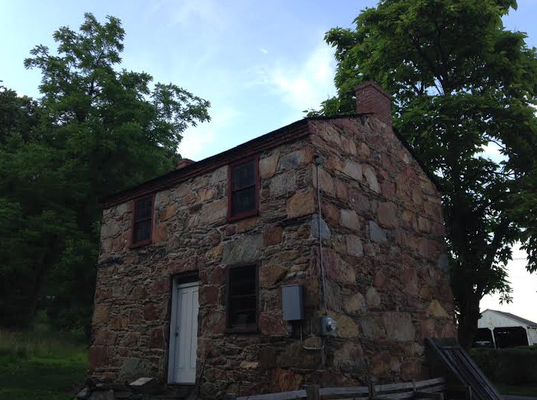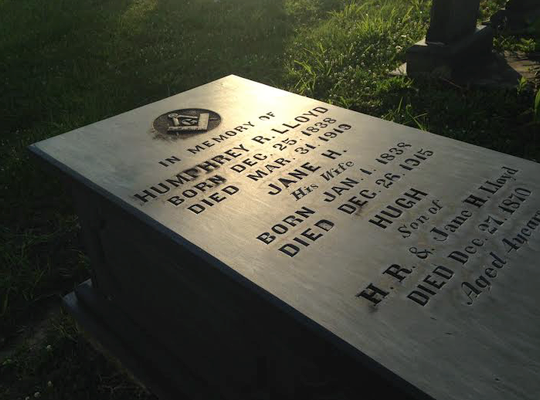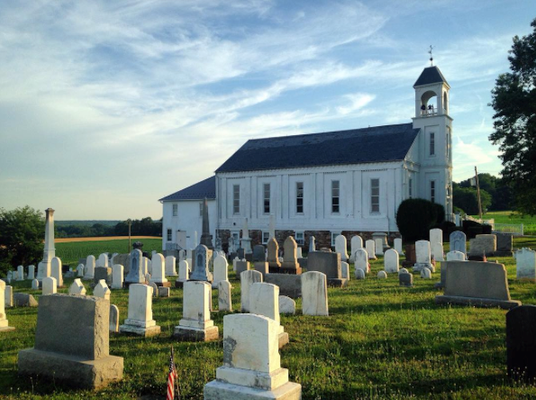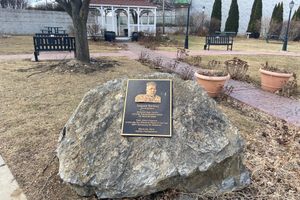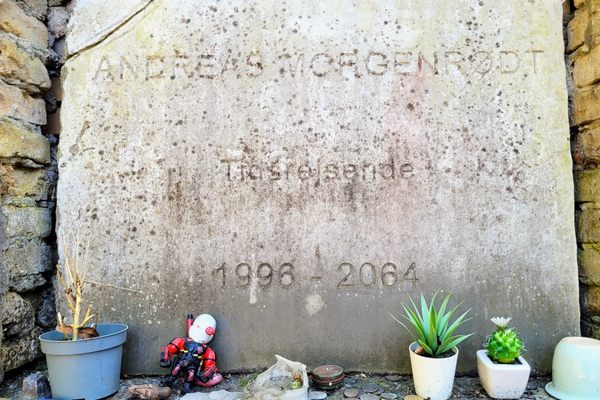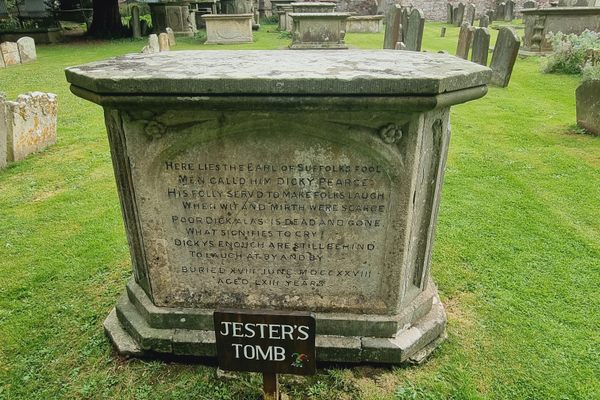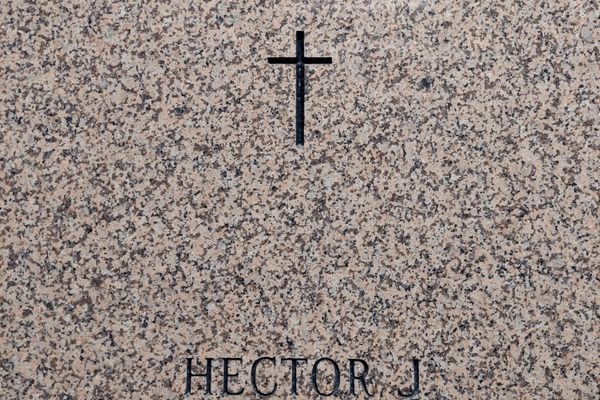About
Named after an 18th century Pennsylvania rock quarry, Peach Bottom slate was once hailed as the finest building slate in the world. For over a century, immigrant Welsh quarrymen and their decendants helped extract it from the hills along the Mason-Dixon Line.
Formed about 500 million years ago, "Slate Ridge" in the Susquehanna Valley is underlain with this hard metamorphic rock. Composed of compressed mud or volcanic ash, slate was a highly valuable building material for everything form gravestones to blackboards.
The Peach Bottom slate region, halfway between Philadelphia and Baltimore, was home to the first commercial slate quarry in the U.S., opened in 1785. By the 1840s when shipping large loads of heavy slate became considerably easier men began to flock to the region's local quarries. Most quarrymen were immigrants from North Wales, Britain's major source of slate, who came seeking religious freedom and escape from poverty and starvation which were rampant in Wales at the time.
Thanks to this influx of immigrants, in addition to spots like Slate Hill and Slateville, rural towns popped up with Welsh names like Cardiff and West Bangor. Tombstones in the cemeteries here—equally intriguing to geologists and genealogists—bear Welsh surnames like Griffiths, Hughes, Williams, Jenkins and Jones.
The slate quarries soon gained international renown. At the 1851 World Expo in London, judges deemed Peach Bottom slate the best in the world. In the 1890s, it was used to roof the massive Biltmore Estate in Asheville, North Carolina.
Slate-splitters around Delta, Pennsylvania, were well-known for their skill at the difficult work of splitting the hard rock into thin layers, a craft that was virtually an art form in itself and that almost disappeared when the Great Depression drove many American quarries to shut down in the 1930s. Delta's Funkhouser Quarry (once deemed the second-deadliest in the U.S.) closed for good in 1970.
Several of the region's older cemeteries have beautiful slate gravestones, 150 years old or more, that show few if any signs of weathering. Some are bilingual, but most are written strictly in Welsh and bear words like "Er cof am" (In memory of) and "Bu farw" (died). The poetry on these stones is called "englyn," a traditional Welsh and Cornish form of short poetry used in praise and elegy—supposedly derived from the inscriptions on Roman tombs in ancient Wales.
Related Tags
Know Before You Go
The Peach Bottom slate region lies in southern Lancaster and York counties in Pennsylvania and part of Harford County in northeastern Maryland. The slate quarries here have all closed, are on private property, and can be extremely dangerous due to rock slides. But check with the Old Line Museum in Delta, Pennsylvania, to see if there's any you can visit, as the area is a popular place for geologic field trips. The museum is open Sundays only, from May to September, 1:30 to 4, and has a fascinating slate grandfather clock on display.
Slateville Presbyterian Church, a mile north of Delta, has astonishing gravestones dating back to the 1840s. Slate Ridge Cemetery, next to the Dollar General on the Maryland state line, has a few more.
Incredibly, Rehoboth Welsh Chapel in Delta still holds a Sunday evening prayer service in Welsh, as well as language classes. Another interesting local site is the Coulsonville cottages, three Welsh quarrymen's huts that are currently being restored. The stone cottages are identical to homes in North Wales. The route is well-marked and sits just south of Slateville Presbyterian Church.
Community Contributors
Added By
Published
August 17, 2016
